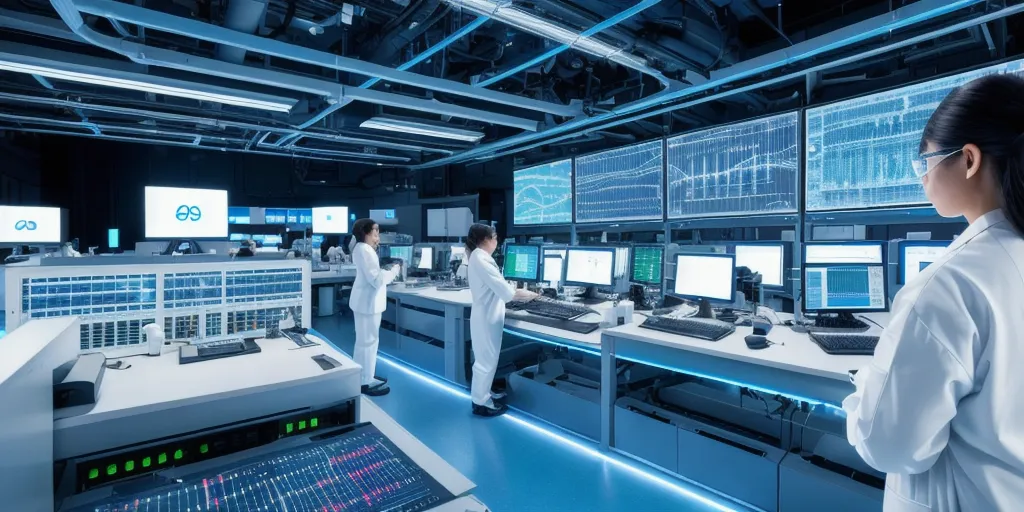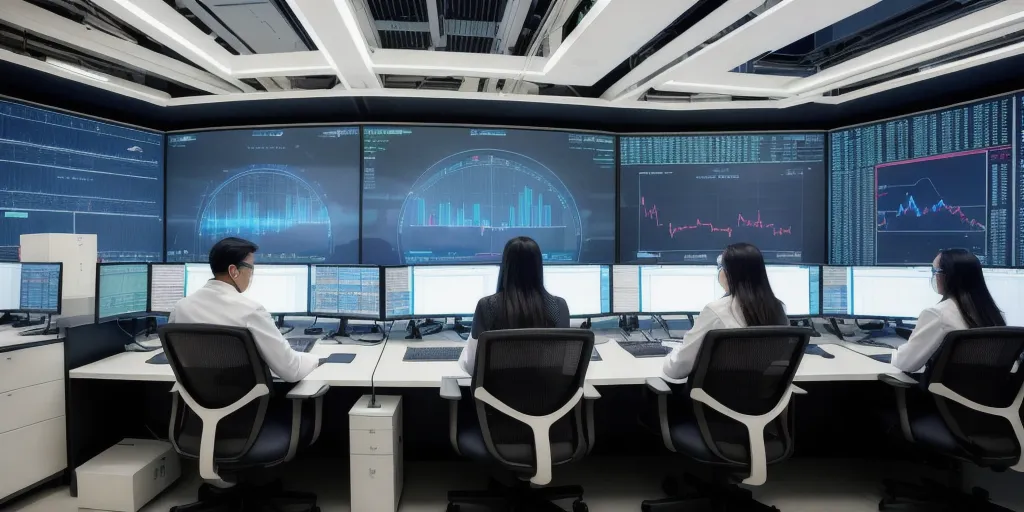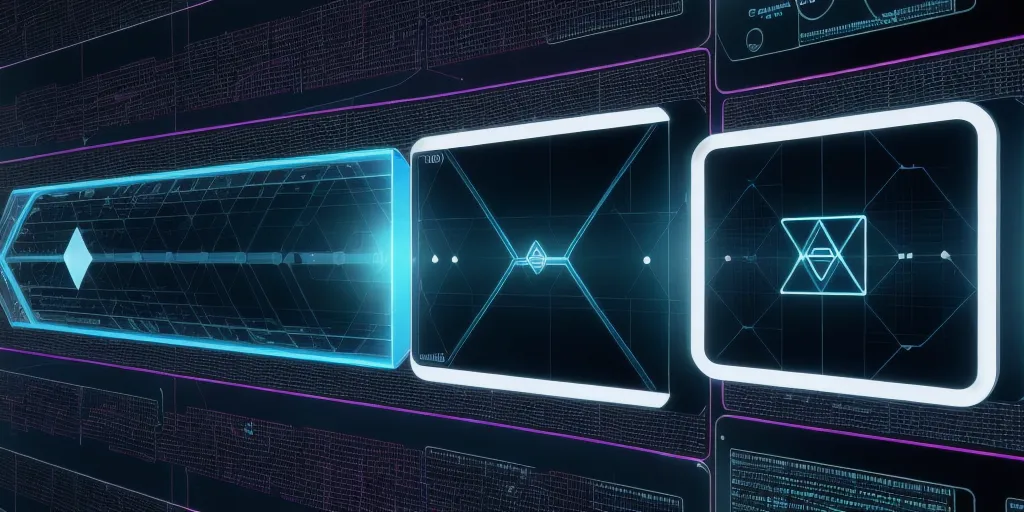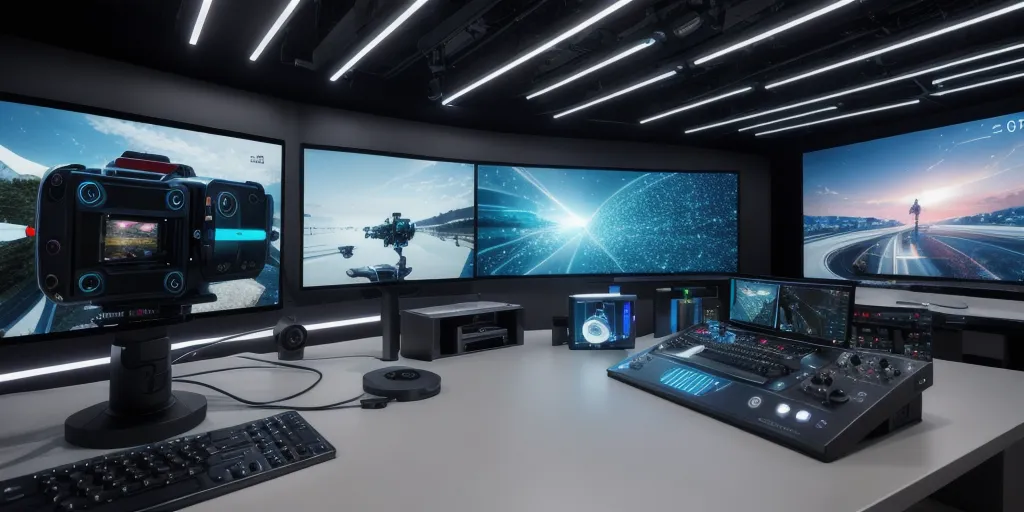AI video generation works by utilizing artificial intelligence algorithms to analyze and interpret data in order to create realistic video content. This process involves training the AI model on a large dataset of videos to learn patterns, styles, and characteristics of different types of videos.
Once the AI model is trained, it can generate new video content by combining and manipulating existing video clips, images, and audio to create a seamless and coherent video. The AI model can also generate text-to-speech audio to accompany the video content, making it more engaging and informative.
Additionally, AI video generation can be used to automate the process of creating video content for various purposes such as marketing, entertainment, education, and more.
Overall, AI video generation is a powerful tool that can revolutionize the way video content is created and consumed, offering endless possibilities for creativity and innovation in the digital age.
What is the process of ai video generation?

The process of AI video generation involves the use of artificial intelligence algorithms to create videos automatically without human intervention. This process typically begins with the selection of a dataset containing images, videos, or text that will serve as the basis for the generated video.
The AI model then analyzes this data to identify patterns, themes, and visual elements that can be used to construct a coherent video. Next, the model generates a storyboard outlining the sequence of scenes, transitions, and effects that will be included in the video.
Once the storyboard is finalized, the AI algorithm begins to generate the individual frames of the video, using techniques such as image synthesis, object detection, and motion tracking to create realistic and engaging visuals.
Finally, the frames are stitched together, and audio elements such as music, narration, or sound effects are added to complete the video. Throughout this process, the AI model continuously refines its output based on feedback and adjustments made by human operators to ensure the final video meets the desired quality standards.
Overall, AI video generation streamlines the video production process, reduces costs, and enables the creation of high-quality videos at scale.
How does ai analyze data to create videos?

Artificial Intelligence (AI) analyzes data to create videos through a process known as machine learning. This involves training algorithms to recognize patterns and make predictions based on the data provided. AI can analyze large amounts of data quickly and efficiently, allowing it to identify trends and insights that may not be immediately apparent to human analysts.
In the context of video creation, AI can analyze data such as images, audio, and text to understand the content and context of the video. By processing this data, AI can generate video content, edit footage, add effects, and even create animations.
AI algorithms can also be trained to understand human emotions and preferences, allowing them to tailor videos to specific audiences. Overall, AI’s ability to analyze data and create videos is revolutionizing the way content is produced, making it faster, more personalized, and more engaging for viewers.
As AI technology continues to advance, we can expect even more sophisticated and innovative video creation capabilities in the future.
How can ai manipulate existing content to generate videos?

Artificial Intelligence (AI) can manipulate existing content to generate videos through a process known as deep learning. By utilizing algorithms and neural networks, AI can analyze and understand the structure and context of various types of content, such as images, text, and audio.
This allows AI to identify patterns, themes, and relationships within the content, which can then be used to create new video sequences. AI can also employ techniques like natural language processing and computer vision to extract information from text and images, respectively, and incorporate them into video production.
Additionally, AI can generate realistic voiceovers and animations to enhance the quality of the videos. By leveraging these capabilities, AI can automate the video creation process, saving time and resources for content creators.
Overall, AI’s ability to manipulate existing content to generate videos demonstrates its potential to revolutionize the way videos are produced and consumed in various industries, from marketing and entertainment to education and healthcare.
In what ways can ai revolutionize video content creation?

Artificial Intelligence (AI) has the potential to revolutionize video content creation in numerous ways. One key way is through the use of AI-powered tools that can automate the video editing process, making it faster and more efficient. These tools can analyze footage, identify key moments, and even suggest edits based on popular trends or audience preferences.
AI can also be used to generate personalized video content by analyzing user data and creating videos tailored to individual preferences. Additionally, AI can enhance the production process by automating tasks such as color correction, audio editing, and even scriptwriting.
This not only saves time and resources but also allows creators to focus on more creative aspects of video production. Furthermore, AI can improve the overall quality of video content by enhancing visual effects, optimizing sound quality, and even creating realistic animations.
Overall, AI has the potential to transform the way video content is created, making it more efficient, personalized, and engaging for audiences.